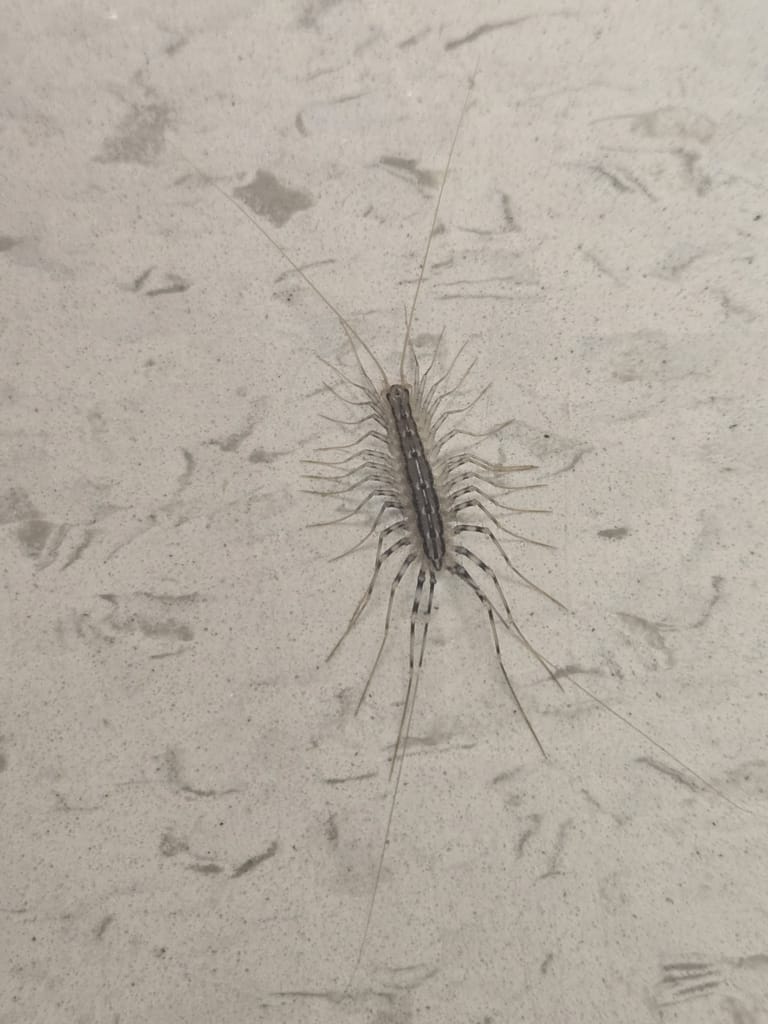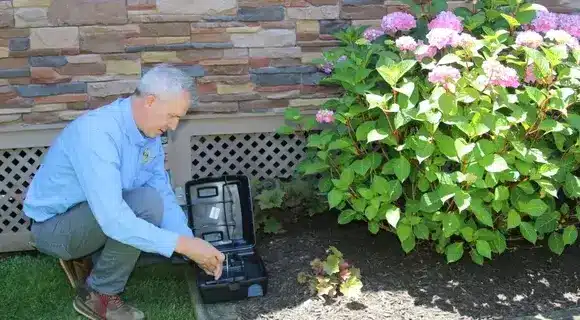


Centipedes are nocturnal hunters, feeding on insects, spiders, and other small arthropods. They use their venom to subdue prey before consuming them. Centipedes prefer dark, damp environments like basements, crawl spaces, and under mulch or debris outside. They reproduce by laying eggs in soil or organic material, and some species can live for several years. Unlike millipedes, centipedes are fast-moving predators rather than slow-moving scavengers.
Our centipede treatment approach focuses on both eliminating existing infestations and preventing future problems.
Centipedes enter homes through cracks, gaps, and poorly sealed doors and windows. They are drawn to damp, dark spaces like basements, crawl spaces, and bathrooms.
Centipedes have venomous claws used to catch prey, but their bites are rare and typically result in mild swelling and pain. They are more of a nuisance than a threat to humans.
Moisture and food sources attract centipedes. Homes with high humidity, cluttered basements, or insect activity provide an ideal environment for them.
If conditions remain favorable (moisture, food, shelter), centipedes will continue to thrive. Proper pest control and moisture management are key to eliminating them.
With our targeted treatments, you should see a significant reduction in centipede activity within days. Ongoing control ensures they don’t return.
Yes! Our quarterly pest control plan covers a wide range of common household pests, including ants, spiders, roaches, and more, in addition to centipedes.
Reducing moisture, sealing entry points, and keeping storage areas clean and uncluttered will help prevent future centipede infestations. Regular pest control treatments also play a key role in long-term prevention.


